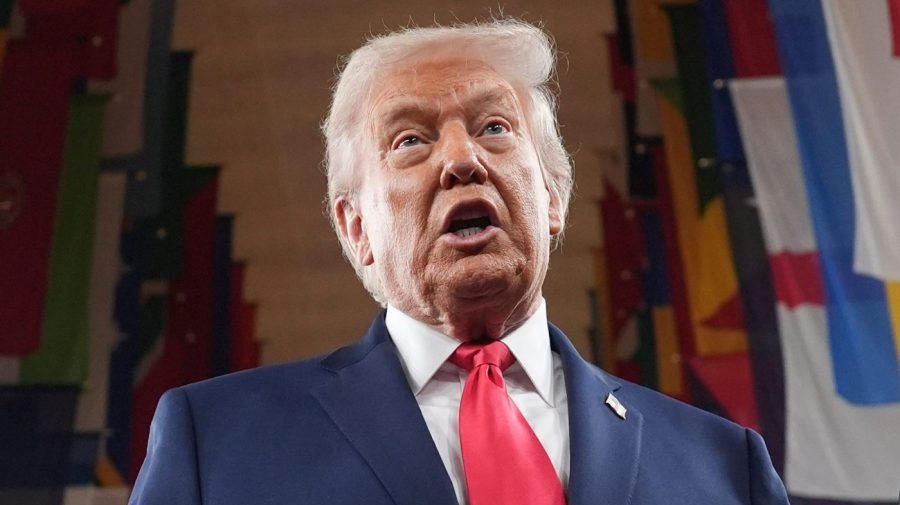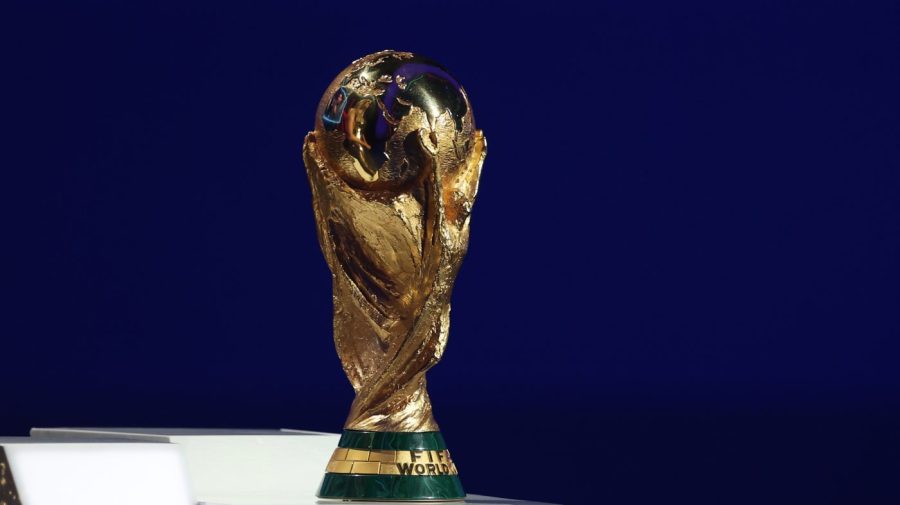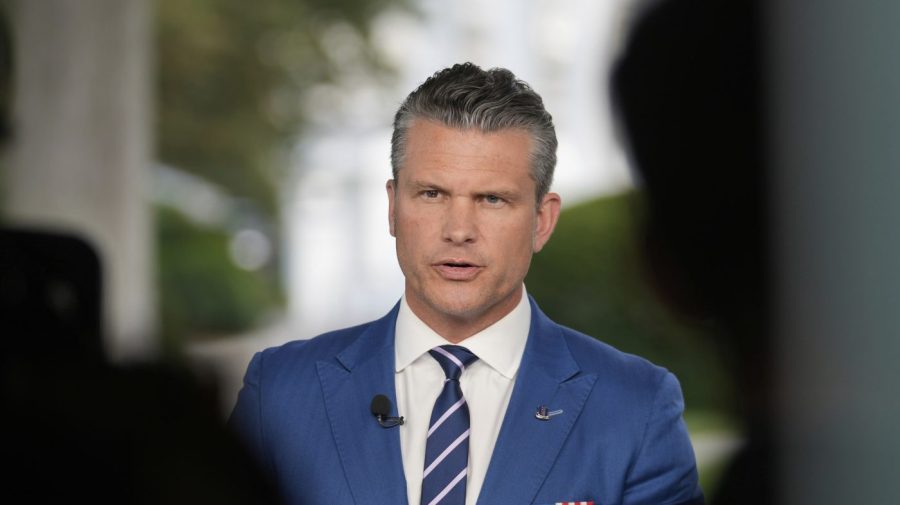In the ever-swirling vortex of Middle Eastern geopolitics, few trilogies are as volatile, polarizing, and captivating as the relationship between Iran, Israel, and former U.S. President Donald Trump. These three forces—two long-time regional adversaries and one reality TV star-turned-political juggernaut—have created a combustible mix of ideology, strategy, and personal ambition. Their interactions, policies, and provocations have shaped global diplomacy, military tensions, and public discourse in ways that continue to reverberate far beyond the Middle East.
The Historical Backdrop: Israel vs. Iran
To understand the Trump-era dynamics, we need to start with the foundation of this rivalry. Since the 1979 Iranian Revolution, which saw Iran transition from a Western-backed monarchy to a theocratic Islamic republic, relations between Iran and Israel have been characterized by hostility and mistrust.
Iran sees Israel as an illegitimate state occupying Muslim land. It supports militant groups like Hezbollah in Lebanon and Hamas in Gaza—both of which have engaged in armed conflict with Israel. Iran’s nuclear ambitions have only escalated the tensions, with Israel repeatedly declaring it will never allow Tehran to possess a nuclear bomb.
Israel, for its part, views Iran not only as an existential threat but as the mastermind behind a “Shiite Crescent” strategy to dominate the region. The Israeli defense doctrine has long been shaped by the need to maintain military superiority in the Middle East—and that includes ensuring Iran remains non-nuclear.
Enter Donald Trump: The Disruptor-in-Chief
When Donald J. Trump took office in 2017, the chessboard shifted. If Barack Obama’s foreign policy could be described as “cautious engagement,” Trump’s was more like “maximum disruption.”
Central to this disruption was Trump’s decision in May 2018 to unilaterally withdraw the U.S. from the Joint Comprehensive Plan of Action (JCPOA)—better known as the Iran nuclear deal. This agreement, signed in 2015 by Iran, the U.S., the UK, France, Germany, China, and Russia, aimed to prevent Iran from developing nuclear weapons in exchange for sanctions relief.
Trump called the deal “the worst in history” and argued it gave Iran too many concessions. Israel’s Prime Minister at the time, Benjamin Netanyahu, was ecstatic. Iran, unsurprisingly, was furious.
Trump’s “maximum pressure” campaign followed: a web of economic sanctions aimed at crippling Iran’s economy, slashing its oil exports, and isolating it diplomatically. The result? Iran’s currency collapsed, inflation soared, and civil unrest bubbled. But Tehran also restarted parts of its nuclear program in defiance.
The Trump-Israel Bromance
The Trump administration’s relationship with Israel was arguably the closest any U.S. president has had with the Jewish state. Trump moved the U.S. embassy from Tel Aviv to Jerusalem—a decision met with international criticism and Palestinian outrage. He recognized Israeli sovereignty over the Golan Heights and brokered the Abraham Accords, normalizing relations between Israel and several Arab nations including the UAE and Bahrain.
To Israel, Trump was a once-in-a-lifetime ally—unwavering, unfiltered, and unapologetically pro-Israel. Netanyahu even plastered Trump’s face on campaign billboards. The chemistry was political gold. But to critics, Trump’s policies deepened divisions, undercut U.S. neutrality, and emboldened hardliners on all sides.
Escalation and Assassination
If Trump’s Iran policy needed a dramatic climax, it arrived in January 2020 with the U.S. drone strike that killed Qassem Soleimani, Iran’s most powerful military commander and head of the Quds Force. For Iran, this was nothing short of a declaration of war. For Trump, it was a warning shot.
The world held its breath. Iran retaliated by launching missiles at U.S. bases in Iraq—thankfully, no American lives were lost. But the event underscored how close the U.S., Iran, and by extension, Israel, were to the brink of open conflict.
This was the new status quo: sanctions, sabotage, shadow wars, and the ever-present fear of full-scale confrontation.
The Complex Human Factor
Here’s where things get more textured. While geopolitics often feels cold and calculated, it’s shaped by humans—ambitious, flawed, charismatic, and unpredictable.
Donald Trump, for all his bluster, operated with a transactional mindset. He wasn’t interested in Middle East peace as a moral imperative, but as a deal to be made—or broken. His foreign policy wasn’t bound by diplomatic norms, and that’s what made him both dangerous and strangely effective.
Iran’s leadership, from Supreme Leader Ayatollah Khamenei to its Revolutionary Guard, is driven by ideology, but also survival. Decades of sanctions and isolation have created a siege mentality, making them simultaneously defiant and pragmatic.
Israel, a democracy surrounded by adversaries, often leans on its military strength and global alliances for security. Netanyahu—Trump’s ideological counterpart in many ways—saw in Trump a unique opportunity to reshape regional politics, even if it meant burning bridges.
Fallout and the Biden Shift
With Joe Biden’s election in 2020, the U.S. approach to Iran and Israel began to shift again. Biden attempted to re-enter the nuclear deal, albeit with difficulty. Iran demanded the lifting of sanctions first; the U.S. wanted compliance first. The talks have stalled, the trust deficit widened, and Iran has enriched uranium to near-weapons-grade levels.
Israel, meanwhile, remains watchful and skeptical of any diplomacy with Iran. It continues to conduct covert operations, including cyberattacks and mysterious explosions at Iranian facilities. The “war in the shadows” is far from over.
What Lies Ahead?
The Iran-Israel-Trump triangle isn’t just a relic of the past—it’s a living, evolving geopolitical puzzle. As Trump seeks another run at the White House in 2024, questions arise: Would he re-apply “maximum pressure”? Would he greenlight Israeli military action? Would Iran return to nuclear brinkmanship?
The danger is that these actors, each powerful and unpredictable in their own way, may create a feedback loop of escalation. A provocation here, a retaliation there—and suddenly the world is watching another Middle East war unfold on live TV.
Final Thoughts: No Easy Answers
In the end, this saga is less about clear-cut good guys and bad guys, and more about competing narratives, wounded pride, and strategic calculations.
Iran sees resistance as survival.
Israel sees preemption as defense.
Trump saw disruption as dominance.
And yet, within all this conflict lies a haunting truth: real people suffer. Ordinary Iranians endure economic hardship. Israelis live with air raid sirens. American families have loved ones stationed in distant deserts.
The challenge, then, is to move beyond slogans, soundbites, and swagger—and toward diplomacy that actually de-escalates. Whether that’s possible in a world that rewards posturing more than peace remains to be seen.
One thing’s for sure: when Iran, Israel, and Donald Trump are in the same sentence, the world can’t afford to look away.











